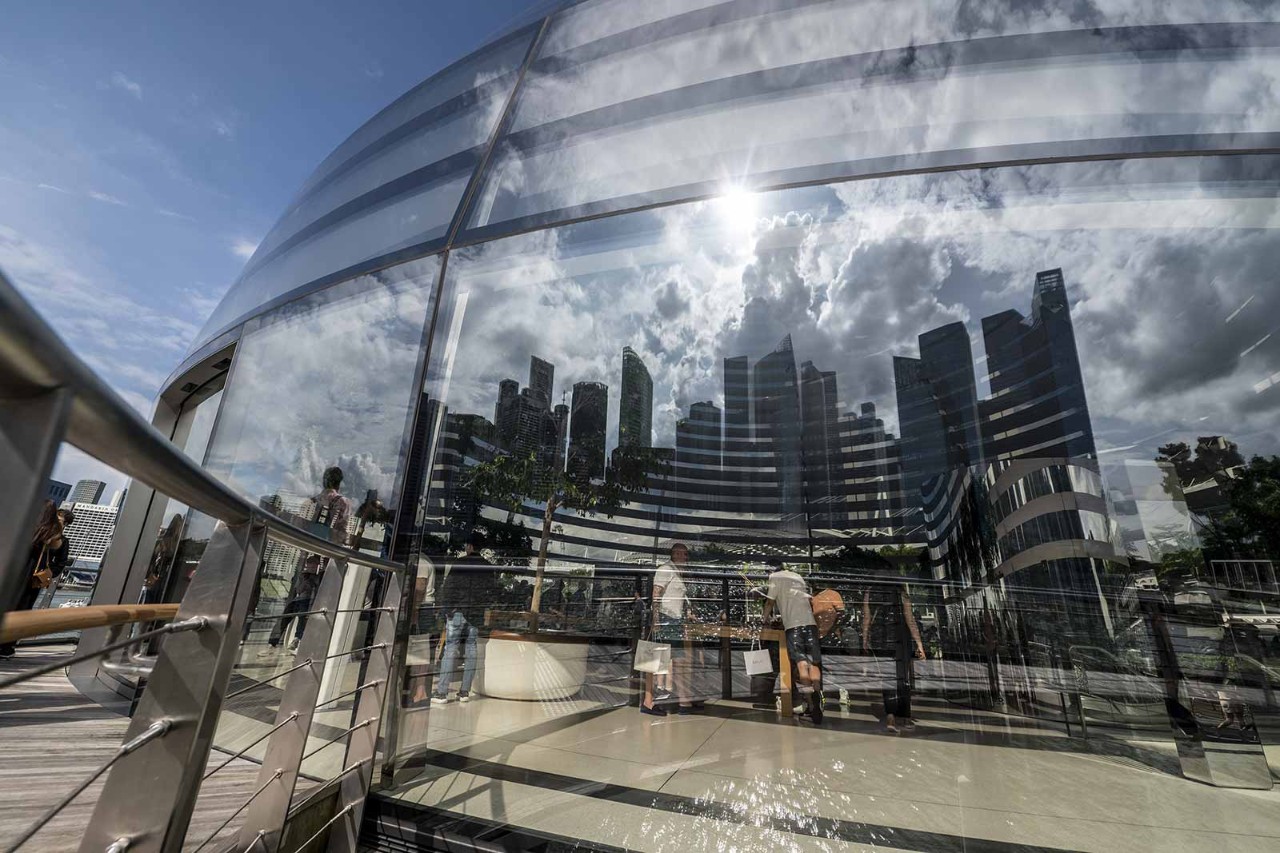
The past year has seen foreign direct investment (FDI) rebounding in South-East Asia, with several countries enjoying a return to pre-pandemic levels.
This trend is likely to be sustained as global manufacturers diversify their supply chains and as South-East Asian governments step up efforts to attract foreign investors.
Upbeat trend
Recent FDI numbers reflect this upbeat trend. In Malaysia, approvals of foreign investments by the investment authority rose 15% to US$28.1bn in the first nine months of 2022, after surging 225% in 2021. Singapore saw fixed-asset investment commitments of US$17bn in 2022, up from around US$8.7bn in the previous year.
Approved foreign investments in Thailand rose 14% in 2022 to around US$9bn. Even the Philippines, long a laggard in attracting FDI, saw a 25% increase to US$4.5bn. Vietnam was an anomaly, with FDI approvals falling 11% – but from a high base as it has been winning a good share of the production that has been moving out of mainland China in recent years.

Digital and green economies are becoming important drivers of FDI for the region
A surge in manufacturing FDI explains the expanded foreign investor interest in South-East Asia. FDI in manufacturing was boosted by large investments in electronics as well as in electric vehicle (EV) and EV battery plant manufacturing. There are also signs that the digital and green economies are becoming important drivers of FDI for the region.
Supply-chain shift
But the big story is the reconfiguration of supply chains, which is driven by complex factors. These include geopolitical tensions, rising costs in mainland China relative to other emerging economies, and Chinese manufacturing becoming more sophisticated and moving up the value chain, vacating low-value production in the process.
Note that businesses are still intending to retain a presence there in order to take advantage of its huge and growing market, as well as its cost-efficient ecosystem of sub-contractors and component manufacturing. But lower costs in South-East Asia and the latter’s relatively lower vulnerability to protectionist trends in the US are persuading these global producers to allocate more capital to the region.
The region’s population is young, digitally savvy and increasingly prosperous
Announcements by companies support this view. Apple has already moved some iPhone manufacturing to Vietnam and is planning to move some of its MacBook production there as well. Other companies that have made the transition include Nike, Adidas and Samsung
Sustaining the trends
There are many reasons why we think South-East Asia is likely to attract a growing volume of foreign investment. Not only is the region less susceptible to growing protectionism compared with mainland China, but its wages costs are also lower and governments in the region are committed to game-changing reforms that improve the fundamentals.
The region’s population is young, digitally savvy and increasingly prosperous. For businesses, the South-East Asian region is perceived not just as a production base to diversify into but also an increasingly important consumer market in its own right. By 2030, consumption in the region is forecast to more than double to US$4 trillion, as 40 million people join the working-age population.
In coming years, we should see the region comfortably winning a progressively larger share of FDI
Government policies will be key. Take Indonesia as an example. It is offering compelling incentives for manufacturers to add value to its raw materials. It has been hugely successful in securing investments in nickel processing and related activities such as EVs and batteries.
Across the region, barriers to foreign investment are being liberalised, infrastructural bottlenecks are being reduced, labour laws are being rationalised and red tape is being cut. Except for Myanmar, the region is also enjoying an improvement in political stability.
Larger FDI share
South-East Asia’s share of global FDI has already started to match that of mainland China after a long period of under-performing since the mid-1990s. In coming years, we should see the region comfortably winning a progressively larger share of FDI relative to mainland China.
We see Indonesia as a major beneficiary of this trend. Vietnam is also likely to enjoy a revival in foreign investment after the recent slowdown. At the same time, Malaysia and Thailand will attract mid-level manufacturing as they ramp up their efforts to woo higher value FDI. Although many foreign businesses still view the Philippines as a challenging place to do business, the ecosystem there is improving and the country should also begin to see more FDI.




